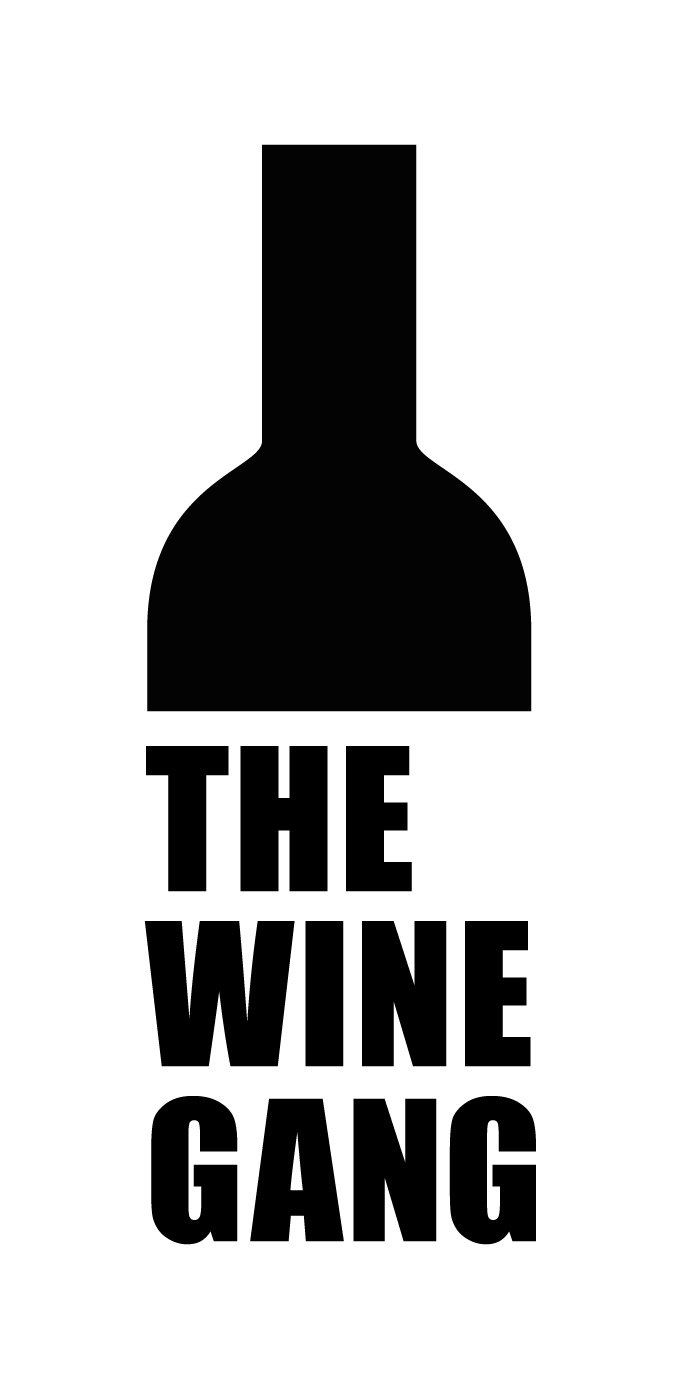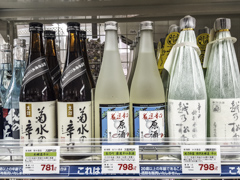Sakura, Sake and Satisfaction
The cherry blossom (sakura) season is in full swing, blazing a pink trail across Japan from warm south to cooler north. Visitors are pouring into the country in droves to witness a unique annual event that calls for much drinking of sake. Travellers apart, office workers will be sent into the nearest park to cordon off a special vantage point for their colleagues, from which they can observe the cherry trees as they blossom into glorious flower and order in pizza at the same time.
For some reason, although my sake life stretches back more than decade, I seem to have failed to blog about the wonders of sake in my monthly Wine Gang slot. And that’s a dereliction of duty on my part, because this wonderful, subtly nuanced Japanese drink, more than any other, needs explaining as its popularity grows exponentially. To get you in the mood then for sake and the cherry blossom season, here’s a Q & A to help put you on the road to greater acquaintance:
Sake or saké?
Sake is English, saké is French. Both are valid and it’s pedantic distinction perhaps, but I prefer sake, and so do most Japanese sake breweries, English-language communicators and websites.
What is sake made from?
It’s made from rice and its many different varieties of special sake rice. The rice is brewed, i.e. fermented. A small amount of alcohol is added to the premium grades, honjozo, ginjo and daiginjo, but not to junmai (pure rice) sake, essentially to bring out aromas and flavours.
What is the alcohol level of sake?
The average alcohol level of sake is between 15% and 16% abv, normally watered back from around 20% at full strength. As with all things sake, there are exceptions. A genshu (full strength) sake is likely to be stronger at 17% - 20%, but there are genshus at under 15%, and low alcohol and some sparkling sakes are considerably lower in abv.
Is the polishing ratio a reliable guide to sake quality?
The polishing ratio (seimai-buai) is the amount the outer husk of the rice grain is milled away to leave the starch sugar, ready to be fermented and turned into alcohol. It’s an indication of quality, but there are so many other factors in what makes quality sake that to single out the polishing ratio as the be all an end all would be wrong.
Does sake have regionality, like wine?
The answer to that is yes and no (sorry). The character of sake is determined by a variety of regional influences, from the rice variety (getting on for 100 sake-specific varieties) and water used to the climate and the influence of the toji (master brewer) and the brewery owner / president. In general, it’s fair to say that there are regional differences but they’re not as pronounced as those of wine.
Should sake always be drunk from a traditional Japanese cup (ochoko) or a wine glass?
Sake can be drunk from any vessel you like and there are arguments in favour of both. Traditionalists will stick to the ochoko, while sake lovers may opt for an ochoko for warm sake, aged sake and umami-rich sake. The use of a wine glass to get more texture from junmai and greater fragrance from ginjo and daiginjo is likely to grow both in and outside Japan, but there are no hard and fast rules.
Is it ok to drink sake warm or is it naff?
It’s more than ok to drink sake warm (or hot) and the less obviously aromatic styles, honjozo (the first rung on the ladder of premium sake) with junmai (premium, no alcohol added) and futsu-shu (regular) for instance, lend themselves better than others to heating. There’s also nothing like a warm sake in the depth of mid-winter to warm the cockles.
Should sake be drunk on purchase or cellared?
Most aromatic ginjo (high premium) and daiginjo (super-premium) styles are designed to be drunk chilled and are generally better drunk young, all the more so nama (unpasterised) sake. Some brewers are now holding back their sakes for a year or so to develop more umami complexity, while koshu (aged sake, not to be confused with Japanese koshu wine) is in itself a sake that has benefited, or should have, from ageing.
Is sake good value and where can I buy it?
It’s extremely good value - in Japan. By the time it gets to the UK, transport costs, profit margins and duty have badly eroded that value, which makes it expensive. But smaller 300 ml and even 180 ml bottles can reduce the pain. UK wine retailers are cottoning onto the joys of sake and you can now buy it not just from luxury food stores but, among others, Whole Foods, Vagabond Wines, Bottle Apostle, Hedonism Wines, tengusake.com and merchants such as Lea & Sandeman and Berry Bros & Rudd.
by Anthony Rose




